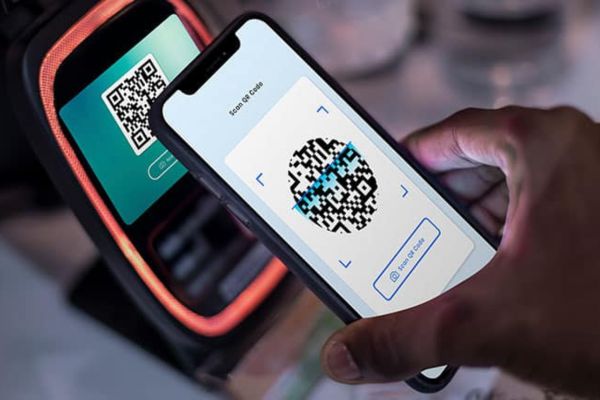The digital age has revolutionized the way we pay. Gone are the days of carrying wads of cash or scrambling for the right change. Today, a tap, a scan, or a few clicks on our smartphones are all it takes to complete a transaction. While this convenience is undeniable, it also raises concerns about security.
As cybercriminals become more sophisticated, so do the technologies employed to safeguard our hard-earned money in the digital realm. Here, we’ll explore how innovation is continuously enhancing security in digital payments.
Building a Strong Foundation: Encryption and Tokenization
The bedrock of secure digital payments lies in encryption, a process that scrambles data using complex algorithms, rendering it unreadable to anyone without the decryption key. This ensures that sensitive information like credit card details remains confidential during transmission. Common encryption protocols like SSL/TLS (Secure Sockets Layer/Transport Layer Security) create a secure tunnel between your device and the payment gateway, protecting data from prying eyes.
Another critical layer of security is tokenization. Here, sensitive data like your actual credit card number is replaced with a unique digital token. This token can be used to complete the transaction but holds no value on its own for attackers, even if intercepted. Even in the event of a data breach, stolen tokens are useless without the additional information needed to complete a fraudulent transaction.
Advanced Fraud Detection and Monitoring
Financial institutions and payment processors are constantly monitoring transaction patterns for anomalies. Machine learning algorithms analyze vast amounts of data to identify suspicious behavior, such as unusual spending patterns, location inconsistencies, or attempts to access accounts from unfamiliar devices.
These systems can flag suspicious transactions for manual review or even automatically block them in real-time, preventing fraudulent activity before it occurs. Additionally, real-time alerts can be sent to users notifying them of suspicious login attempts or transactions, allowing them to take immediate action.
Authentication: Going Beyond Passwords
Passwords, while still widely used, are becoming increasingly vulnerable due to hacking techniques and password fatigue (users reusing the same password across platforms). Multi-factor authentication (MFA) is adding a much-needed layer of security by requiring additional verification steps beyond just a password. This could involve entering a code sent via SMS, using a fingerprint scanner, or facial recognition.
Biometric authentication, utilizing unique physical characteristics like fingerprints or facial features, offers an even stronger defense. These methods are not only more secure but also provide a seamless user experience. Imagine unlocking your phone and seamlessly authorizing a payment with just a fingerprint scan – both convenient and secure.
Emerging Technologies: Blockchain and Beyond
Blockchain technology holds immense potential for enhancing security in digital payments. Blockchain creates a secure, distributed ledger that records every transaction permanently and transparently. This eliminates the need for a central authority and makes it virtually impossible to tamper with transaction data. While still evolving in the digital payments landscape, blockchain offers exciting possibilities for secure and transparent financial transactions.
The Shared Responsibility of Security
While technology plays a crucial role, securing digital payments is a shared responsibility, towards the practice and adherence. Here are some ways users can contribute to a safer environment:
Best practices at payments platform level
● Regular Security Audits: Platforms can conduct regular penetration testing and vulnerability assessments to identify and address potential weaknesses in systems.
● Compliance with Regulations: Adherence to stringent industry regulations and data security standards like PCI DSS to ensure robust data protection practices.
● Security Awareness Training: Educating all stakeholders including customers, employees on security best practices remains crucial in preventing social engineering attacks and phishing attempts.
Some Common practices required at individual level:
● Use Strong and Unique Passwords: Implement strong passwords with a combination of uppercase and lowercase letters, numbers, and symbols. Avoid using the same password for multiple accounts.
● Beware of Phishing Scams: Be cautious of emails or messages requesting personal information or login credentials. Legitimate institutions will never ask for such details via email.
● Stay Updated: Regularly update your devices and apps with the latest security patches to address any vulnerabilities.
● Report Suspicious Activity: If you suspect fraudulent activity, immediately report it to your financial institution or payment provider.
Conclusion
The landscape of digital payments is constantly evolving, and so are the security measures employed to protect users. By leveraging cutting-edge technologies like encryption, tokenization, advanced authentication methods, and real-time fraud detection, the industry is making significant strides in ensuring the safety and security of our financial transactions. However, it’s crucial to remember that user vigilance plays a vital role in maintaining a robust security posture. By staying informed and adopting safe practices, we can all contribute to a more secure and trusted digital payment ecosystem.

















